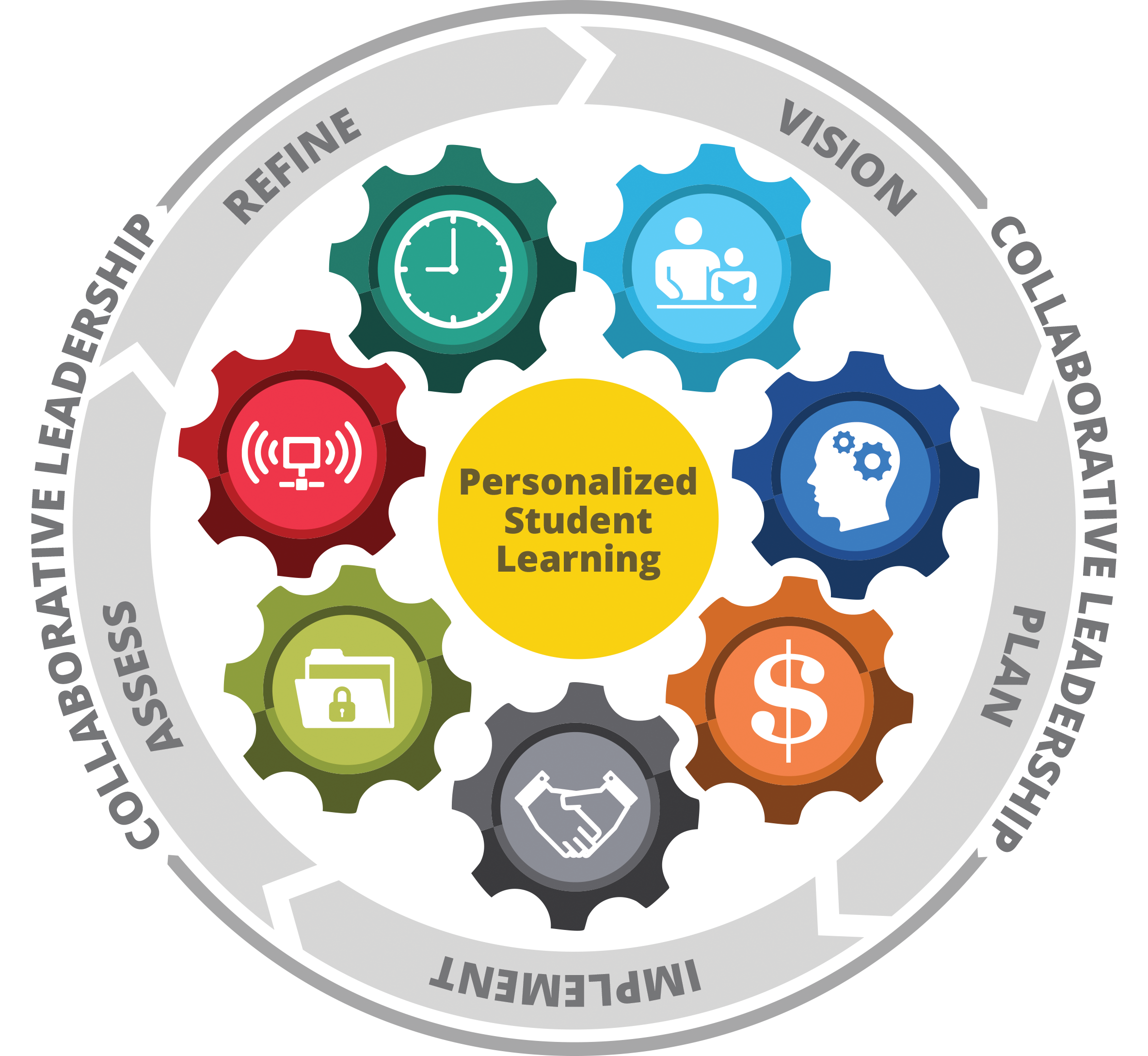
As I was scrolling through my twitter, I came across a fantastic article about future educational practices involving technology (https://twitter.com/jeffchicki/status/807932503747084289). With the astonishing and ever-growing advances in technology, there is no telling just how amazing the future online educational experience might be. Towards the very beginning of the article, writer and deputy director at the Office of Educational Technology, Katrina Stevens emphasized that a lot of U.S administrations are completely redesigning their high schools and making them more tech-friendly. During my personal high school experience, instructional technology was already very present and playing an important role in my education. If I am remembering correctly, Smart Boards were introduced to my schooling systems around the 8th grade and were also brought into our high schools. Smart Boards are a very popular piece of technology that we( the U.S) have even carried into university’s. I only graduated high school 2 years ago and since then my high school has advanced even more when it comes to using technology for learning. Students are encouraged to use their phones and laptop during the school day. They now use their phones in order to access data the fastest. Also, the teachers use social media to communicate with their students outside of the classroom and post about homework and any questions the kids might have. Through the use of the internet-capable tools, learning has become much easier for children of this generation.
Next, Stevens spoke about a program called Future Ready Schools. Considering I have never heard of , I did my research. Future Ready was designed by the Alliance for Excellent Education, which is a “is a Washington, DC-based national policy and advocacy organization dedicated to ensuring that all students, particularly those who are traditionally under served, graduate from high school ready for success in college, work, and citizenship”(futureready.org). The Alliance for Excellent Education then decided they wanted to conceive a program “to help school districts develop comprehensive plans to achieve successful student learning outcomes by (1) transforming instructional pedagogy and practice while (2) simultaneously leveraging technology to personalize learning in the classroom” (futureready.org). Thousands of FRS participants have implemented new plans and ideas for other educators to use across the world. I think FRS is an extremely innovative and creative way of expanded instructional education. Their plan allows students of the future to take advantage of digital learning to ensure that they are ready for the future. What more could you really ask for?
With this being said Katrina went on to explain that the Office of Educational Technology is taking notes from FRS when releases their own set of blogs called Personalizing the Learning Experience. They already have a five step plan of how they want to implement their personal learning series. Again, I think that organizations like the Office of Educational Technology are taking the right steps towards furthering instructional technology and its importance to future learners. Programs such as these are most important for the future and I am sure they will have a large impact on how people of the future will gain knowledge. I thank the Office of Educational Technology as well as Future Ready Schools for their active betterment of the educational system.